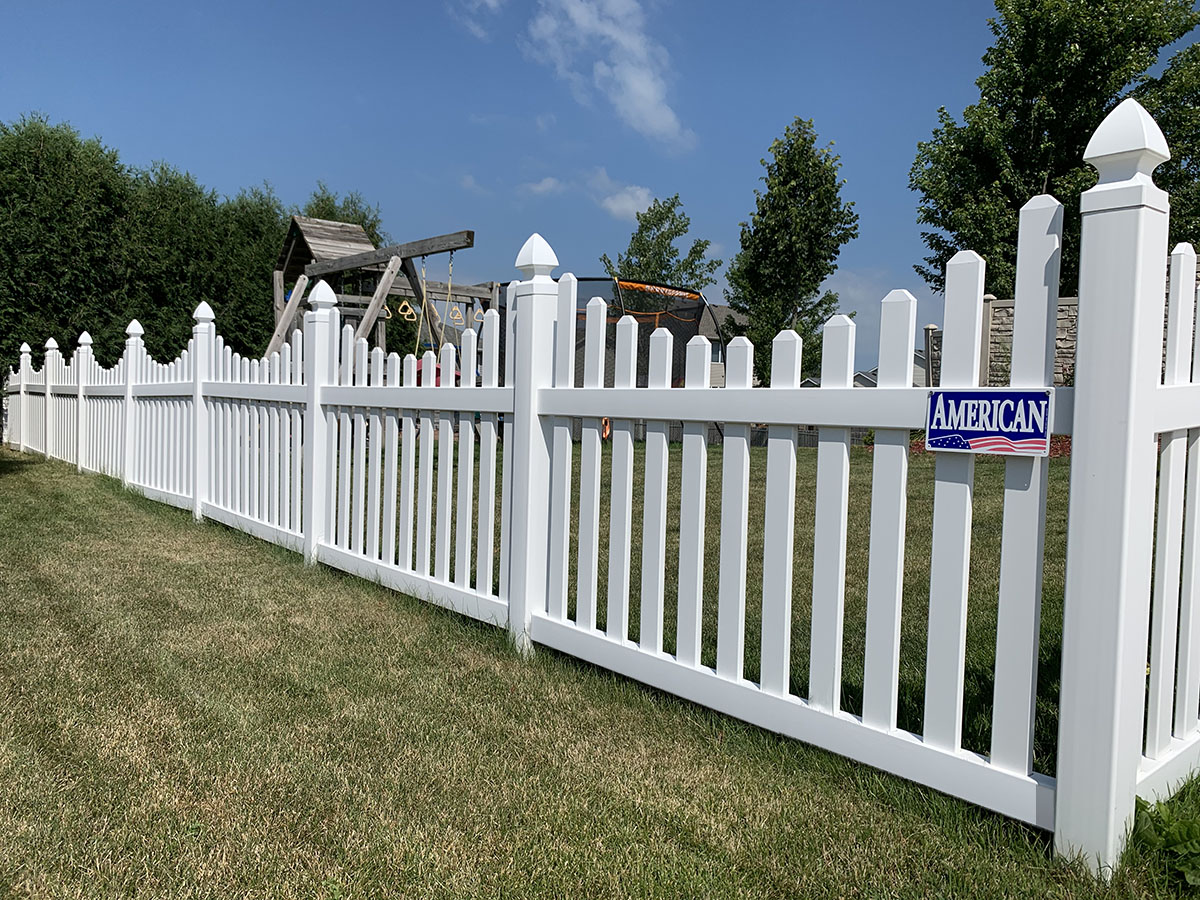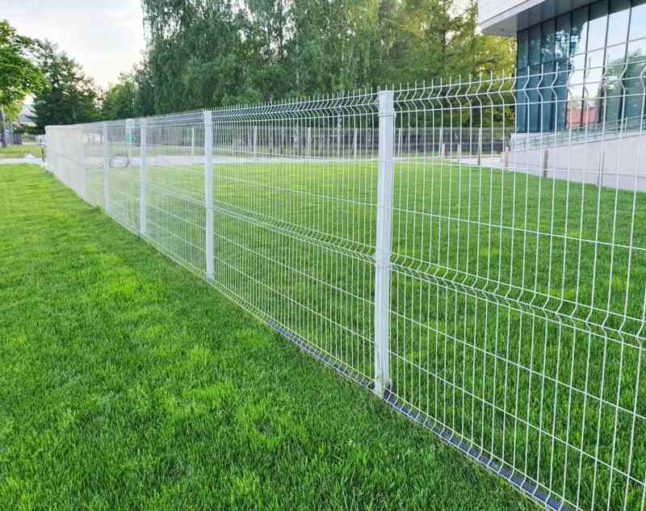All Categories
Featured

One of the most crucial tasks in fence maintenance is determining exactly how usually to tarnish the timber or repaint. Below's an overview to assist you identify when it's time to repaint or stain your wood fence.
Variables Affecting Paint or Tarnishing Frequency. Numerous key aspects identify how commonly you must paint or tarnish your wood fence. These consist of the sort of wood, the environment in your area, and the level of direct exposure your fencing needs to the components.
- Climate and Weather Issues. The environment where you live plays a significant duty in just how quickly your fence will certainly put on down. Extreme climate conditions such as extreme sun, heavy rain, or freezing temperatures can quicken the damage procedure.
Sunny Climates: In areas with great deals of sunshine, UV rays can create the timber to dry out, fade, and crack. Therefore, you may require to paint or restain your fencing every 2 to 3 years to avoid damages. Rainy or Humid Locations: In position where rain and humidity are frequent, wood fences soak up dampness, which can cause bending, rotting, or mold and mildew growth. Routine discoloration is needed in these regions, normally every 1 to 2 years. Cold Climates: Freezing temperature levels and snow can create the paint or tarnish to peel. If your area experiences chilly winters months, you might require to freshen the surface every 3 to 5 years to keep your fence in excellent condition. 2. Type of Timber. The timber species made use of for your fence will also determine the frequency of painting or staining. Hardwoods often tend to be more sturdy than softwoods, and each sort of timber responds differently to paint or discolor.
Cedar and Redwood: These woods are naturally immune to rot and pests, yet they can shed their shade in time as a result of UV exposure. Staining or sealing these kinds of wood every 2 to 3 years assists keep their look. Pine and Fir: These softwoods are more susceptible to moisture damage and require even more regular maintenance. You might need to restain or repaint these fencings every 1 to 2 years to maintain them shielded from the components. Pressure-Treated Wood: While pressure-treated wood is designed to resist rot, it still needs to be tarnished or sealed to avoid wetness absorption. A fresh coat of stain or sealer may be needed every 2 to 3 years. 3. Paint vs. Discolor. Whether you paint or stain your fencing can dramatically influence the maintenance routine.

Paint: Repaint offers a solid layer of defense that blocks wetness and UV rays. It can peel, split, or discolor over time, particularly with prolonged exposure to the elements. Normally, a repainted fence requires to be repainted every 3 to 5 years. Tarnish: Tarnish soaks right into the timber and supplies a much more natural appearance while still supplying defense. Tarnished fencings have a tendency to show put on much more promptly than repainted ones, as the stain can fade or wash away. You will likely require to restain your fencing every 2 to 3 years, depending upon the direct exposure to sunlight and rainfall. 4. Visible Signs of Put On. While a general maintenance routine is handy, you ought to additionally maintain an eye on the condition of your fence to establish when it's time for a fresh coat of paint or tarnish. Look for these indicators:
Discoloring or Discoloration: If your fence has actually lost its original shade or has ended up being grey and weather-beaten, it's time to reapply a stain or paint to recover its look. Cracking or peeling off: If the paint or stain starts to split or peel, it's a clear indication that the protective layer is no much longer doing its work. This can lead to water damages, so it's vital to resolve it immediately. Water Absorption: Conduct a simple water test by splashing some water onto the surface of the fencing. If the water beads up, the fencing is still secured. It's time to restain or repaint if the water soaks in. 5. Correct Upkeep Techniques. For the best outcomes, it is essential to prepare the timber appropriately before painting or staining. Beginning by cleaning up the fence to eliminate dust, mold, or mold. Repair any type of damage, such as cracks or loosened boards, to make sure the fence is in great condition prior to using a fresh layer.

Choose a dry, light day for paint or discoloring to stay clear of the surface drying as well rapidly or unevenly. Always use paint or stain according to the manufacturer's directions, and allow ample drying out time in between layers.
Verdict. Generally, wood fencings ought to be repainted or discolored every 2 to 3 years, depending on the climate, sort of wood, and direct exposure to the aspects. When it's time to refresh the surface, maintaining an eye on the look of your fence will certainly assist you figure out. Whether you choose to stain or paint, routine upkeep will shield your fencing from the climate and keep it looking beautiful for years ahead. By complying with an appropriate maintenance routine, you can make certain that your wood fence continues to be solid, durable, and cosmetically pleasing throughout its life expectancy.
Latest Posts
Trendy Comfort Begins With the Ground Up
Published Apr 20, 25
1 min read
Protect Your Home with Washington Fencing's Premium Products
Published Apr 20, 25
1 min read
Low-Cost Car Services: Reliable Repairs Without Breaking the Bank
Published Apr 20, 25
2 min read